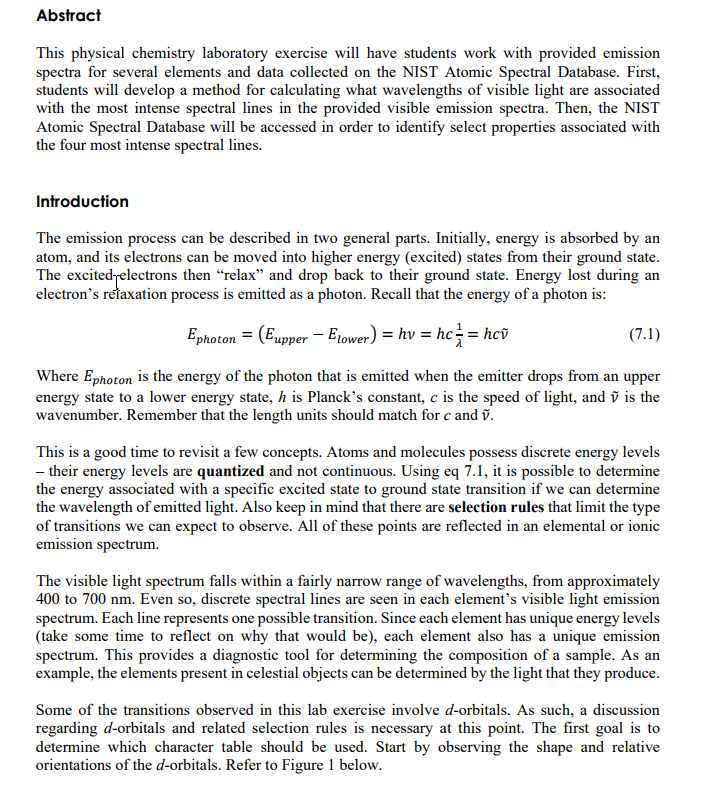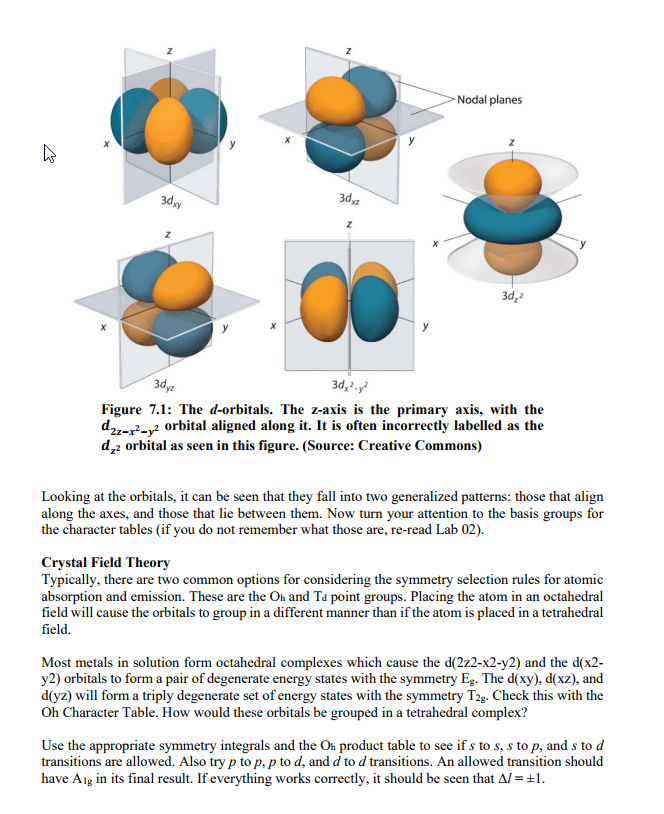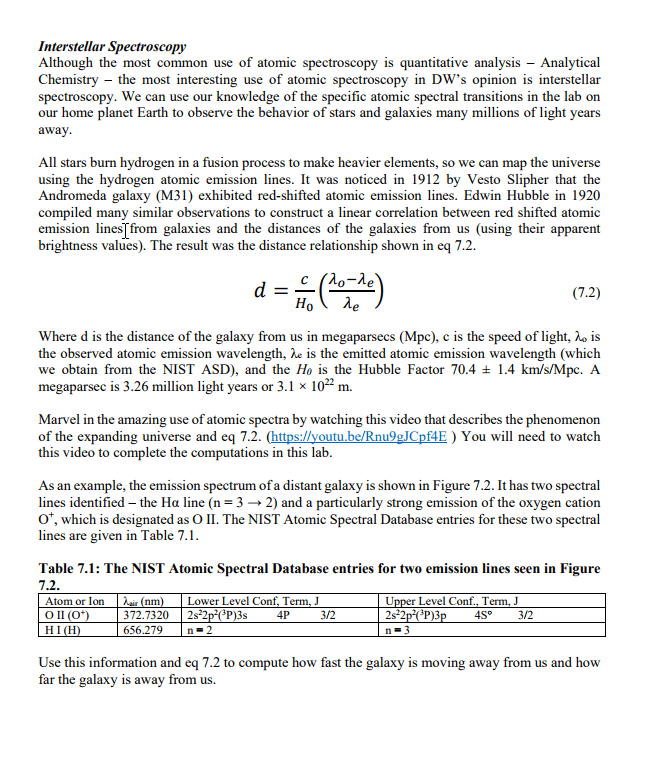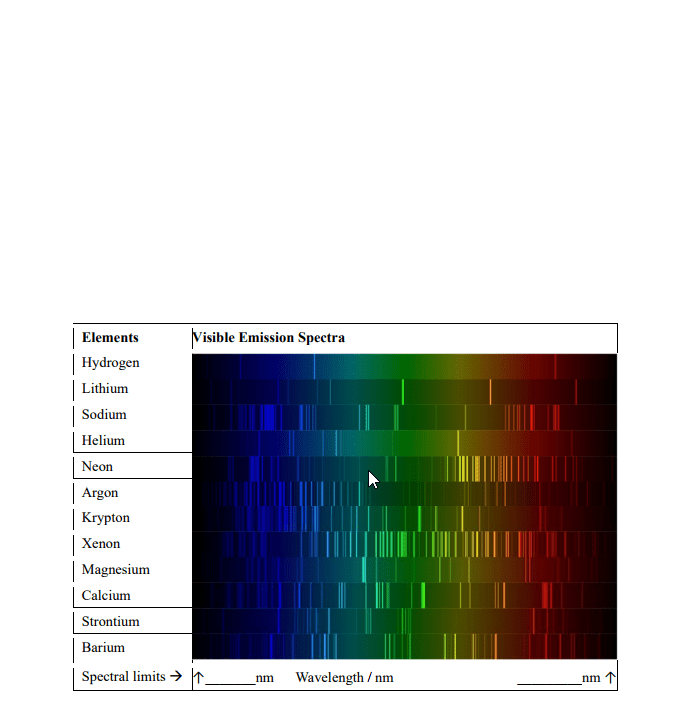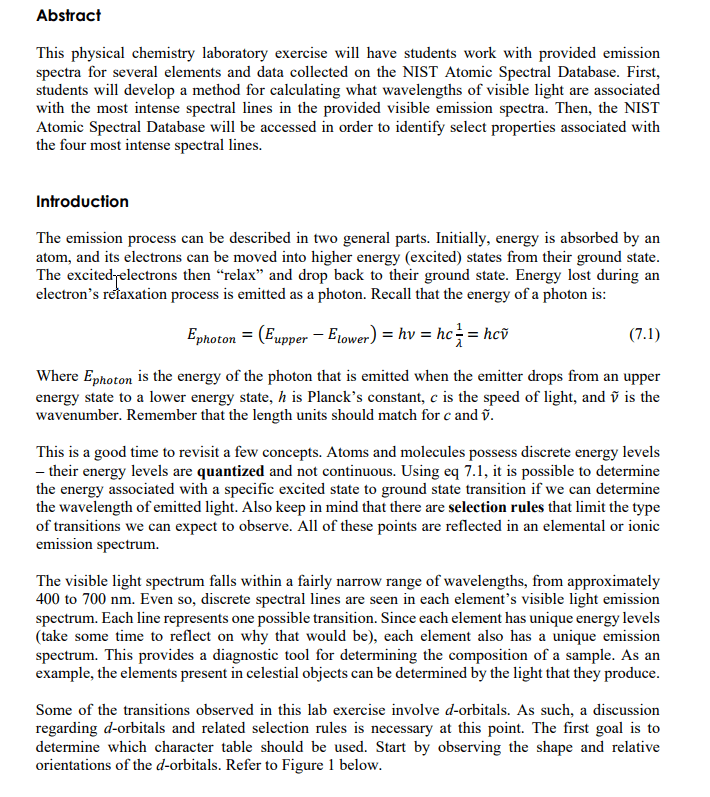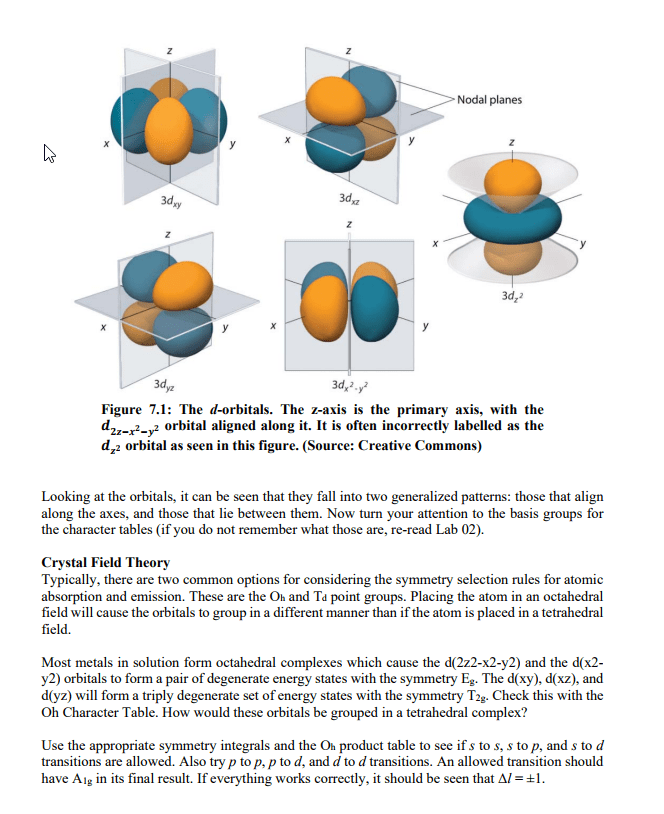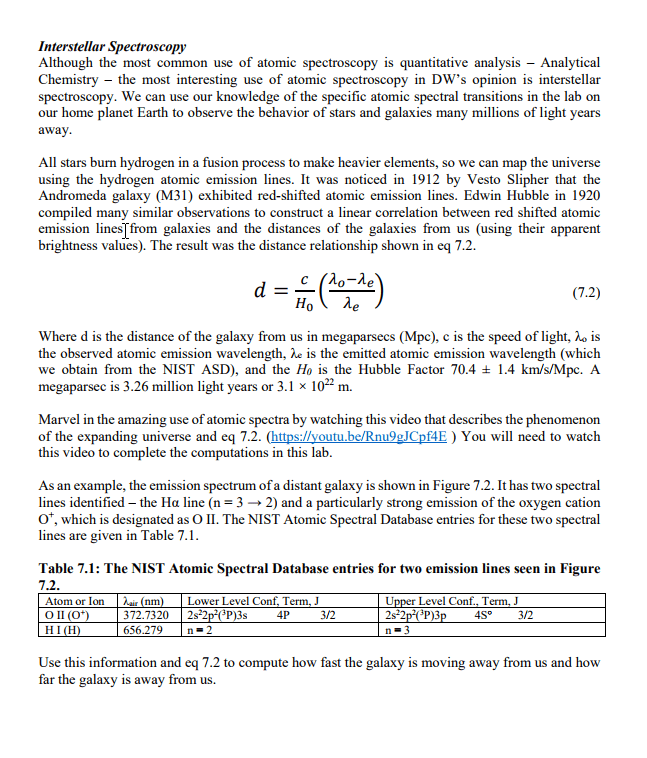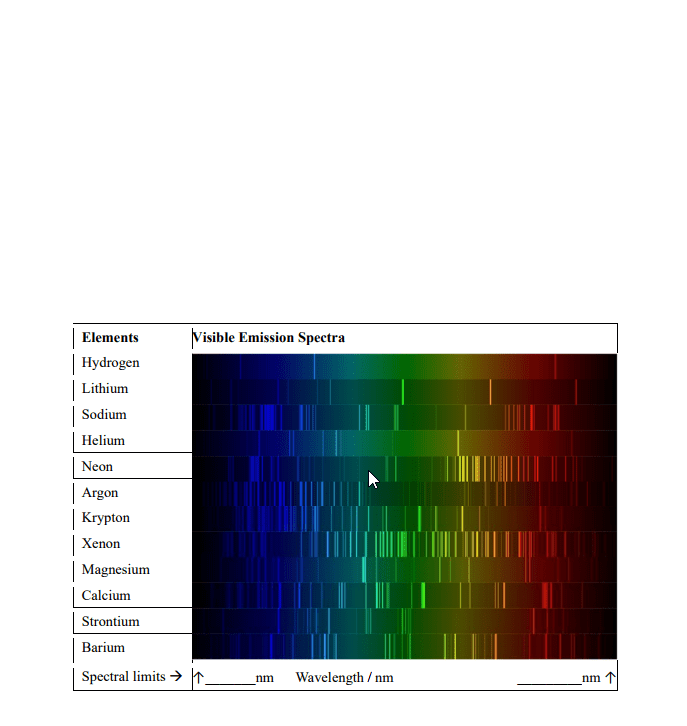BCHM 3114 Lecture Notes - Lecture 6: Picometre, Gravitational Wave, Secondary Mirror
30 views2 pages
Document Summary
If it is less than this then we cannot distinguish them: limit to where telescopes can resolve power is known as diffraction limit. It depends on diameter of the telescope and wavelength of light: if two patterns are separated it is resolved if there is small gape there is interference. How does earth"s atmosphere affect ground-based observations: the atmosphere scatters light at night just like it does during morning. Why do we put telescopes into space: telescopes in space do not have issues as said earlier, our atmosphere also blocks a lot of spectrum from reaching the ground. Infrared and ultraviolet are near visible light so it behaves similarly: radio telescopes, collect radio waves, observe a wavelength range of 1mm to 30 meters. Infrared: generally observe a wavelength range of 700 nm to 1 mm, uv, 10-400 nm, 1 picometer 10 nm, x rays , gama, 10 pico, 0. 1 angstrom or less.
Get access
Grade+
$40 USD/m
Billed monthly

Homework Help
Study Guides
Textbook Solutions
Class Notes
Textbook Notes
Booster Class
10 Verified Answers
Class+
$30 USD/m
Billed monthly

Homework Help
Study Guides
Textbook Solutions
Class Notes
Textbook Notes
Booster Class
7 Verified Answers
